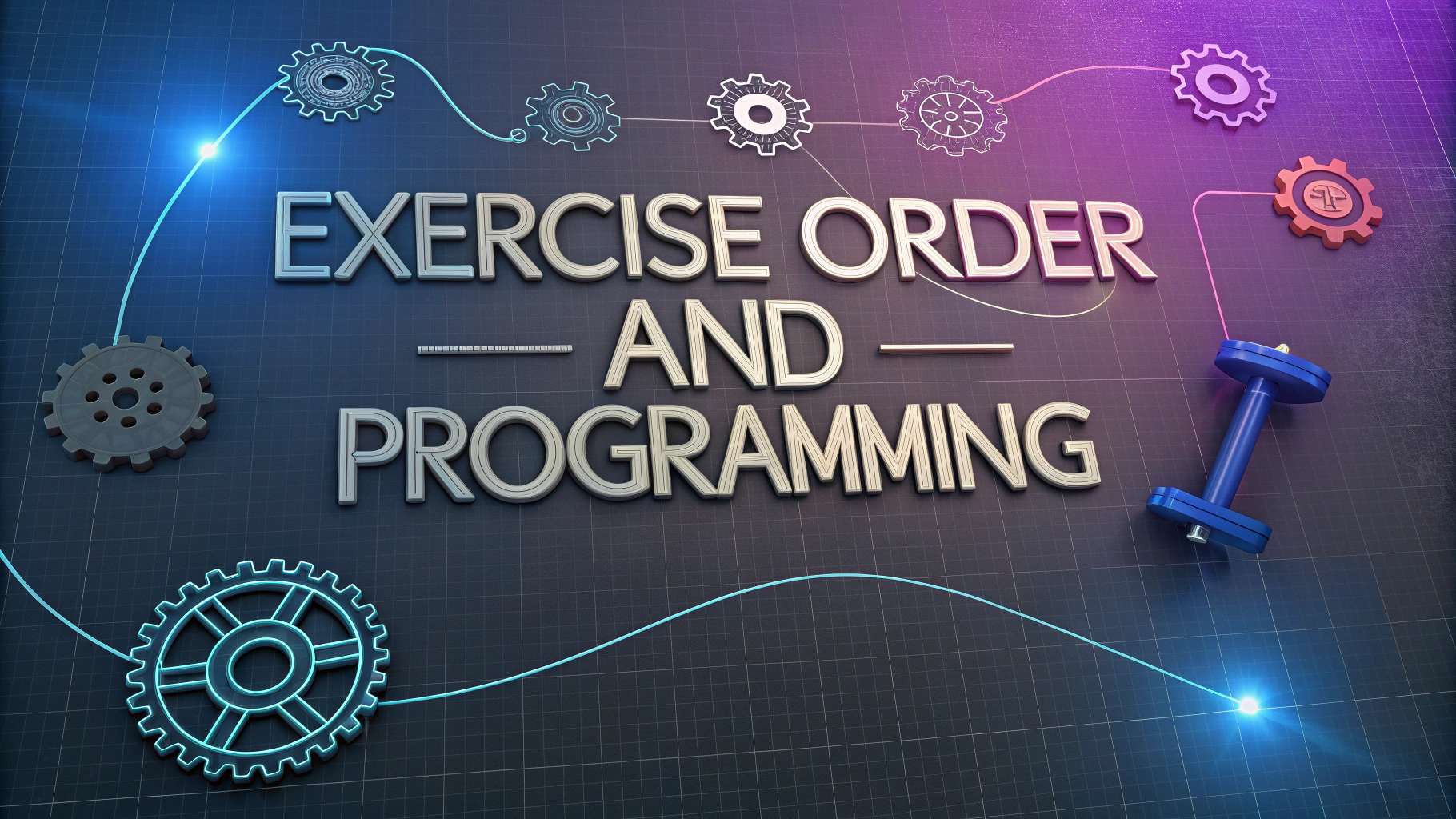Macronutrients (proteins, carbohydrates, and fats) form the foundation of our daily nutrition and understanding their ratios can help optimize health, fitness, and weight management goals.
What Are Macronutrient Ratios?
Macronutrient ratios represent the percentage breakdown of calories from proteins, carbohydrates, and fats in your diet.
Standard Macronutrient Guidelines:
- Proteins: 10-35% of daily calories
- Carbohydrates: 45-65% of daily calories
- Fats: 20-35% of daily calories
Calculating Your Personal Macro Ratios
Your ideal macro ratio depends on your specific goals, activity level, and body composition.
| Goal | Protein | Carbs | Fats |
|---|---|---|---|
| Weight Loss | 40% | 30% | 30% |
| Muscle Gain | 30% | 50% | 20% |
| Maintenance | 30% | 40% | 30% |
Steps to Calculate Your Macros:
- Calculate your daily calorie needs
- Choose your ratio based on your goals
- Convert percentages to grams:
- Protein: 4 calories per gram
- Carbohydrates: 4 calories per gram
- Fat: 9 calories per gram
Practical Tips for Meeting Your Macros
Use a food tracking app like MyFitnessPal or LoseIt to monitor your macro intake accurately.
Quality Protein Sources:
- Chicken breast (26g protein per 100g)
- Greek yogurt (10g protein per 100g)
- Eggs (6g protein per egg)
- Lentils (9g protein per 100g)
Healthy Carbohydrate Sources:
- Sweet potatoes
- Brown rice
- Quinoa
- Oats
Quality Fat Sources:
- Avocados
- Nuts and seeds
- Olive oil
- Fatty fish
Common Mistakes to Avoid
- Not counting cooking oils in fat intake
- Overlooking hidden sugars in carbohydrate calculations
- Focusing only on percentages without considering food quality
- Not adjusting ratios based on energy levels and performance
When to Adjust Your Macros
Monitor your progress and energy levels every 2-3 weeks to determine if adjustments are needed.
Signs that indicate macro adjustments might be needed:
- Persistent fatigue
- Hunger between meals
- Poor workout recovery
- Lack of progress toward goals
For personalized macro recommendations, consult a registered dietitian (find one at eatright.org).
Fine-Tuning Your Macro Plan
Successful macro tracking requires consistent monitoring and adjustment based on your body’s response and changing needs.
Tracking Methods:
- Digital food scales for precise measurements
- Weekly progress photos
- Body composition measurements
- Performance metrics during workouts
Special Considerations
Athletes and Active Individuals:
- Higher carbohydrate needs during intense training periods
- Increased protein requirements for recovery
- Timing of nutrients around workouts
Medical Conditions:
- Diabetes may require lower carbohydrate ratios
- Kidney issues may need modified protein intake
- Cardiovascular concerns may affect fat intake
Conclusion
Successful macro tracking combines proper ratio selection, quality food choices, and consistent monitoring. Regular adjustments based on progress and individual response ensure optimal results. Remember that macros are just one piece of the nutrition puzzle – overall food quality and sustainable habits remain crucial for long-term success.
Key Takeaways:
- Choose ratios based on specific goals
- Focus on food quality within macro targets
- Monitor and adjust based on progress
- Maintain consistency while allowing flexibility
- Seek professional guidance when needed
FAQs
- What are macronutrients and why are they important?
Macronutrients are the three main nutrients required by the body in large amounts: proteins (4 calories per gram), carbohydrates (4 calories per gram), and fats (9 calories per gram). They provide energy and are essential for bodily functions, growth, and maintenance. - What is the recommended macro ratio for general health?
The generally recommended macro ratio is 45-65% carbohydrates, 20-35% fats, and 10-35% protein of total daily calories. However, these ratios can vary based on individual goals, activity levels, and health conditions. - How do I calculate my personal macro needs?
Calculate your total daily calorie needs first, then divide by the percentages of your target macro ratio. For example, in a 2000-calorie diet with 40/30/30 ratio, you’d need 200g carbs (800 calories), 67g fat (600 calories), and 150g protein (600 calories). - What’s the ideal macro ratio for muscle building?
For muscle building, a common ratio is 40% carbs, 30% protein, and 30% fat. Protein intake should be between 1.6-2.2g per kg of body weight, with adequate carbs for energy and fats for hormone production. - What macro ratio works best for weight loss?
A weight loss macro ratio often includes higher protein (30-35%), moderate fat (25-30%), and moderate carbs (40-45%). Higher protein helps preserve muscle mass during caloric deficit and increases satiety. - Should macro ratios be adjusted for different types of exercise?
Yes. Endurance athletes typically need higher carbohydrates (60-70%), moderate protein (15-20%), and lower fat (15-20%). Strength athletes usually require higher protein (25-35%) and moderate carbs and fats. - How do macro ratios differ for ketogenic diets?
Ketogenic diets typically follow a ratio of 70-75% fat, 20-25% protein, and 5-10% carbohydrates, keeping daily carb intake below 50g to maintain ketosis. - What tools can I use to track my macro ratios?
Popular tools include MyFitnessPal, LoseIt, MyMacros+, and Cronometer. These apps help track food intake and calculate macro percentages automatically. - How do I adjust macro ratios if I’m not seeing results?
Make gradual adjustments of 5-10% to one macro at a time while monitoring results for 2-3 weeks. Consider factors like energy levels, hunger, performance, and body composition changes. - What are common signs of improper macro ratios?
Signs include constant hunger, low energy, poor workout recovery, mood swings, and inadequate progress toward fitness goals. Proper macro balance should support energy, satiety, and performance.







